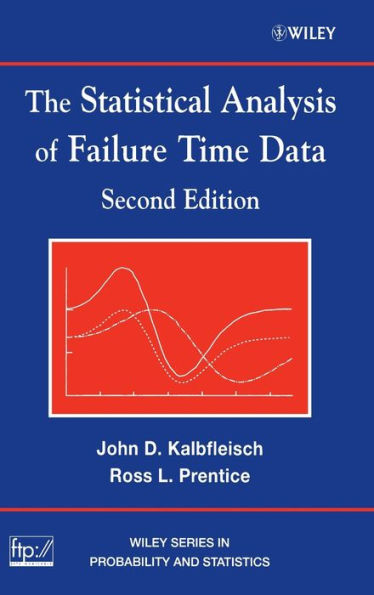5
1
9780471363576


The Statistical Analysis of Failure Time Data / Edition 2 available in Hardcover

The Statistical Analysis of Failure Time Data / Edition 2
- ISBN-10:
- 047136357X
- ISBN-13:
- 9780471363576
- Pub. Date:
- 09/09/2002
- Publisher:
- Wiley
208.95
In Stock

Product Details
| ISBN-13: | 9780471363576 |
|---|---|
| Publisher: | Wiley |
| Publication date: | 09/09/2002 |
| Series: | Wiley Series in Probability and Statistics , #360 |
| Edition description: | REV |
| Pages: | 462 |
| Product dimensions: | 6.10(w) x 8.60(h) x 0.50(d) |
About the Author
What People are Saying About This
From the B&N Reads Blog
